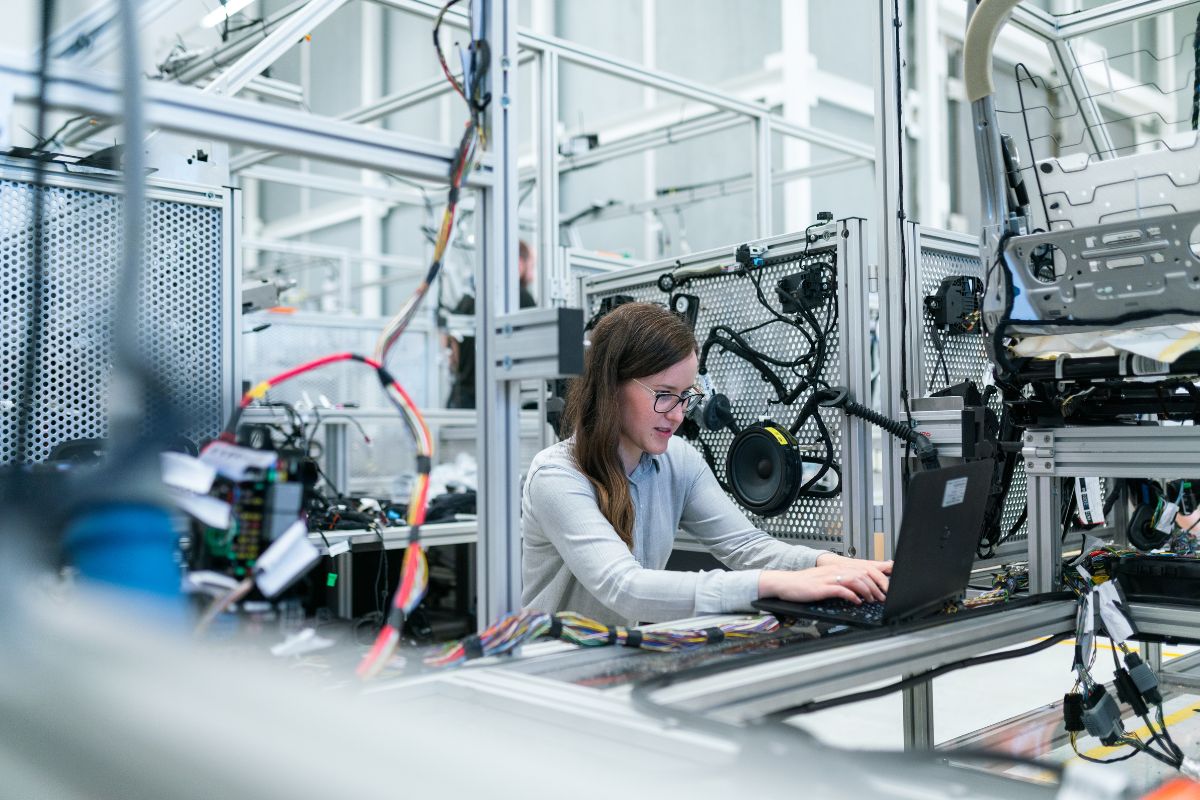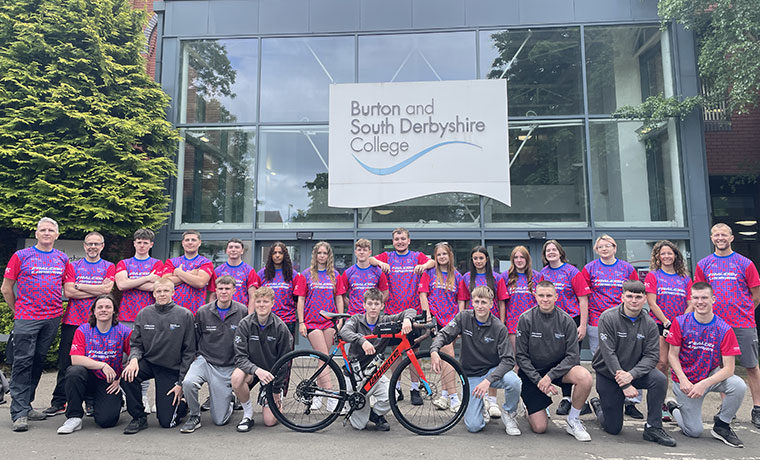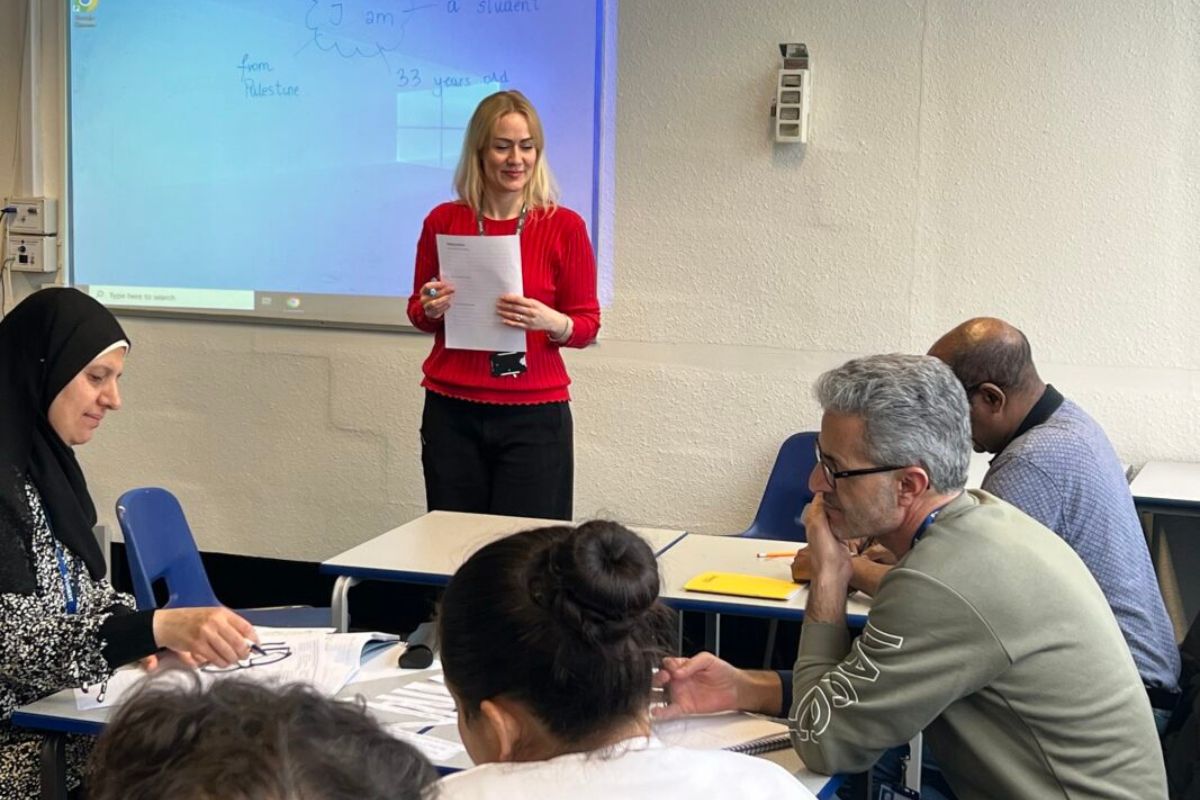Embracing AI in higher education

In this article, the author discusses the ramifications of artificial intelligence technology on the higher education sector, including the challenges, opportunities and urges the sector to embrace it.
Despite many of us being used to saying ‘Hey Siri’ or asking ‘Alexa?,’ the emergence of very useful and powerful artificial intelligence applications has taken many by surprise. Indeed, when ChatGPT launched in November 2022, it caused something of a fierce debate. Noam Chomsky declared in the New York Times that Chat GPT was full of “false promise”, sparking a public debate about its role in public and private life.
Whatever the debate, for many of us its generative abilities felt and continue to feel a bit too close to the Sci-Fi tropes of ‘robots taking over the world’ for comfort. While its capabilities can be daunting, no sector can afford to shy away from exploring AI. This is especially true for higher education: students are already dabbling with it, using the technology to contribute to or even produce coursework.
As a sector, it is crucial we are at the forefront of this technological transformation to ensure we embrace the opportunities AI will bring, whilst also addressing its challenges head on.
How do you win the AI race?
For AI to have a positive impact on the services provided by educational groups and the student experience, organisations need to understand the technology at the deepest level possible. Belated, circular trainings and discussions about the implications of AI are not enough. Organisations must engage highly skilled and experienced individuals who are able to understand developments as they are happening, rather than after the fact.
Interacting meaningfully with experts in the field will also go a long way in the development of necessary ethical frameworks. Universities have exhibited concerns that the introduction of the newly advanced technology will have a negative impact on their reputation and stymie compliance procedures. To mitigate these concerns, partner organisations must prove that they can adopt the technology in a safe and sustainable manner. Given the trust placed upon them by higher education institutions, partner companies such as Oxford International are uniquely positioned to catalyse the introduction of AI at universities.
The challenges:
The seismic shift caused by the introduction of such ‘new’ AI is comparable to the launch of the Internet. These advancements will change our world irreversibly and, like the dawn of the Internet – organisations and individuals can either embrace the change and work with it, or risk fading into irrelevance. Both the introduction of the World Wide Web and generative AI come with a similar number of challenges around regulation and safety and, generally, young people continue to be much more in-tune with new technology than their parents, guardians and teachers.
For the higher education sector, plagiarism remains a core concern – from worries about academic integrity, to reports of university students being falsely accused of using ChatGPT for coursework.
The industry remains divided on best practices regarding this. However, the absence of a universally agreed approach opens the door for increased collaboration and innovation across the higher education sector and beyond. For example, OEIG recently rebuilt our English Language Level Test (ELLT) platform to incorporate a more robust defence against AI generated content and plagiarism. To do so, OIEG partnered with CopyLeaks, incorporating their technology to flag content that students may have obtained through a generative AI platform. The new ELLT also utilises AI to monitor eye or head movements associated with cheating, a system known as ‘proctoring’. AI actually provides opportunities for far more sophisticated plagiarism monitoring than was previously available.
The opportunities:
Most commonly, the use-case for AI in the higher education sector is associated with streamlining administrative processes, such as recruitment, tracking student performance, and accounting. However, the technology also presents the opportunity for a vastly enriched student experience, both during the admissions process and at university itself. Advanced chatbots, like ChatGPT, can be used to improve the interface between students and educational providers. Integrating AI in this way will reduce response times, alleviating frustrations and anxieties during the admissions period.
Once at university, students will begin to expect systems which have integrated AI. Benefits of such systems range from accelerated interactive learning and increased inclusivity for students with disabilities (including mobility and speech impairments), to a tailored student interface. Increasingly, students will begin to consider the level of access to AI technology when making their university plans, including studying abroad. Communicating universities’ AI offerings will, therefore, become an essential part of the recruitment process.
Staying ahead of the curve:
Perhaps one of the great challenges when it comes to AI in the higher education sector, and one that is frequently skirted over, is the fact that students are likely to be well ahead of their professors when it comes to grasping and using these platforms. Eager to experiment and generally more technologically-literate, young people are often at the forefront of such advancements. This means educational institutions must be open to upskilling quickly to reap the benefits and continue to attract leading talent.
Understandably, the sector is currently apprehensive about these technologies. Having said that, I would urge the industry to consider the opportunities AI presents, as well as the challenges. Although we will have to ensure that students are not farming essays out to machines, we are not on the verge of being plugged into The Matrix. AI is an opportunity to grapple with sophisticated ethical and moral challenges, and students should be encouraged to entangle themselves in and think critically about these issues. At the same time educational practitioners like universities must be free to experiment with AI and find ways it can be used for the benefit of everyone. Only then will we be able to fully embrace it.
By Kenrick Cabrera, CTO of Oxford International Education Group (OEIG)
FE News on the go…
Welcome to FE News on the go, the podcast that delivers exclusive articles from the world of further education straight to your ears.
We are experimenting with Artificial Intelligence to make our exclusive articles even more accessible while also automating the process for our team of project managers.
In each episode, our thought leaders and sector influencers will delve into the most pressing issues facing the FE sector, offering their insights and analysis on the latest news, trends, and developments.











Citations would be very helpful. Any chance of adding them here or in the article?
* Most commonly, the use-case for AI in the higher education sector is associated with streamlining administrative processes, such as recruitment, tracking student performance, and accounting.
* The technology also presents the opportunity for a vastly enriched student experience, both during the admissions process and at university itself.
* Integrating AI … will reduce response times, alleviating frustrations and anxieties during the admissions period.
* Benefits … range from accelerated interactive learning and increased inclusivity for students with disabilities (including mobility and speech impairments), to a tailored student interface.
* Students will begin to consider the level of access to AI technology when making their university plans